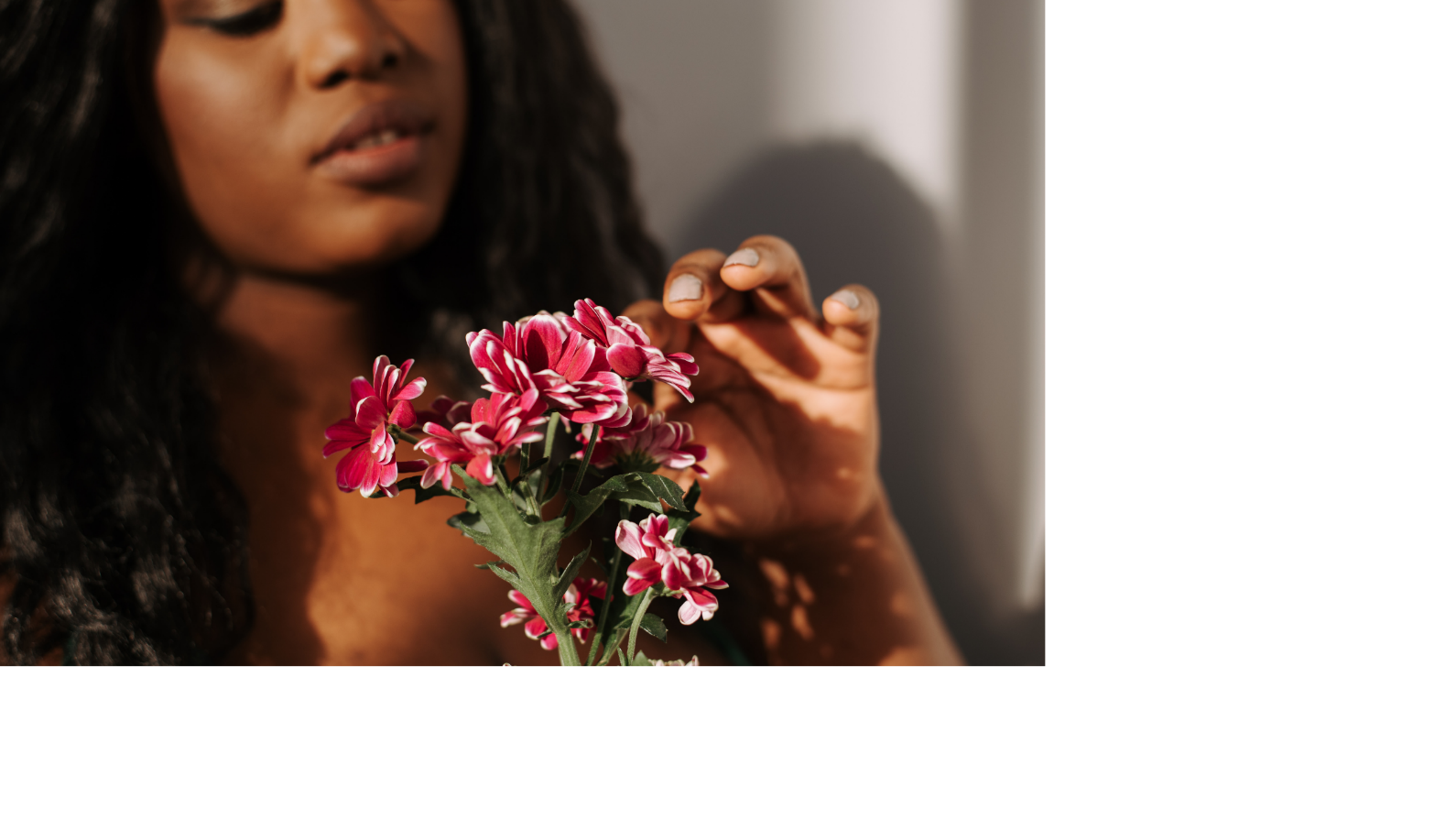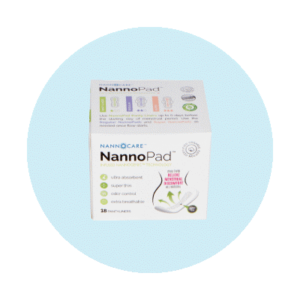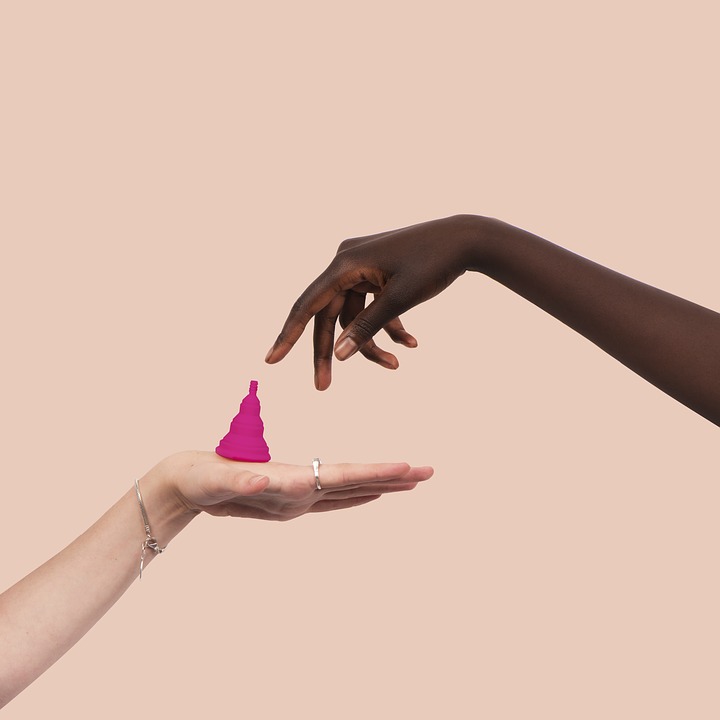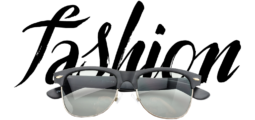MEET ARIANA
Menstrual hygiene management or menstrual health and hygiene refers to access to menstrual hygiene products to absorb or collect the flow of blood during menstruation, privacy to change the materials, and access to facilities to dispose of used menstrual management materials.
According to UNICEF, Access to safe and dignified menstruation is a fundamental need for women and girls. The body envisions a world where every girl can learn, play, and safeguard her health without experiencing stress, shame, or unnecessary barriers to information or supplies during menstruation. Also, based on research done by PLAN INTERNATIONAL, there are over 500 million girls who lack access to proper menstrual health hygiene.
This is as a result of different factors such as:
• Cultural and Religious discriminations
• Financial instability
• Lack of menstruation supplies
• Lack of adequate education
MENSTRUATION MATTERS ARE EVOLVING
While some community celebrate menstruation as coming of age, others view it as a taboo. And oftentimes, girls are shut out of society or period shamed due to their tradition and beliefs. Majorly because it is seen as filth (some communities in Kenya builds separate huts for that purpose).
This where I think educating people on this topic should come in, to help people view menstruation as a normal part of the development of the feminine gender, signifying puberty.
Before the onset of menarche, girls need an understanding of the biology of the menstrual cycle and the opportunities to learn the skills to safely and privately manage menstruation, and the pain that they may experience during it. Boys similarly need an understanding of the changes to their bodies and those of their female peers, delivered in a way that cultivates solidarity and builds social support. Teachers, parents, and traditional leaders have a similar need for accurate information so that they are in a better position to support girls as they approach menarche and during menstruation.
LET’S HAVE A LOOK AT SOME PERIOD PRODUCTS
Tampons: Tampons are absorbent materials made from cotton or rayon. It is inserted into the vagina to absorb menstrual flow.
They expand with moisture and thereby avoid leakage. They can be worn for up to 8 hours, after which they are removed using the removal string and disposed of.
They come in a variety of sizes, materials and with or without an applicator to assist insertion. Tampons are consumables that require regular assessment of supply, availability and affordability.
Pads: These come in various sizes, absorbencies, and materials consist of a layered design made of blends of plastics, rayon and cotton. Pads should include wings to prevent leakage and keep it more securely in place.
Menstrual cups: The menstrual cup is a non-absorbent bell-shaped device. It is inserted into the vagina to collect menstrual flow. It creates a seal and is held in place by the walls of the vagina. It made of medical-grade silicone. It collects three times more blood than pads or tampons. It needs to be emptied every 6-12 hours, after which it is rinsed and re-inserted (if facilities allow). After each menstrual cycle, the cup, must be boiled for 5-10 minutes.
Nannopad
• Who might love it: Anyone that wants a pad with benefits
• Price: $7 for pantyliners
The pad is produced to multitask. In addition to handling heavy flows, Nannopad contains microsized “nanoparticles” that helps with circulation and ultimately lead to lighter discomfort. We’re talking goodbye, cramps. The trademarked Nannogenic technology also claims to purify the pad to reduce odour and bacteria. What’s more, it’s made with 100 per cent organic cotton and gets raved for its breathability.
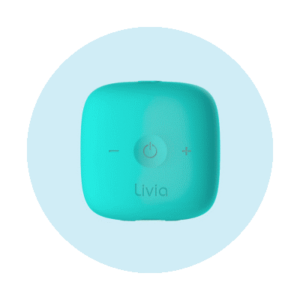 Livia
Livia
• Who might love it: Those that consider ibuprofen their best friend
• Price: $149
Pain-relieving pills go hand in hand with periods. This gadget by Livia is out to change all that. It’s said to work by sending pulses to your brain that trigger it not to sense discomfort. Just attach two stickers to your skin, roughly around the area you feel pain, and clip the connected pulser to your pants. You can adjust the pulse rhythm to increase or decrease in intensity, depending on how sick you’re feeling. You can find one here.
There are varieties of menstrual cup brands online and in most stores. You’ll first have to find out what size you need. Most menstrual cup brands sell small and large versions. To figure out the right menstrual cup size for you, you and your doctor should consider:
• Age
• Length of your cervix
• Whether or not you have a heavy flow
• Firmness and flexibility of the cup
• Cup capacity
• Strength of your pelvic floor muscles
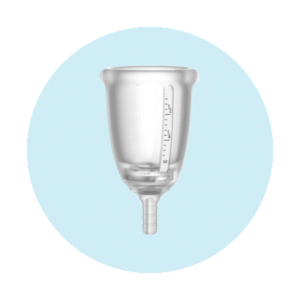 Looncup
Looncup
Who might love it: Gals that want to know everything about their flow
What started as a Kickstarter project is slowly becoming a reality. It is the world’s first “smart” menstrual cup, pairing with your smartphone via Bluetooth. It lets you know how full the cup is and when it’s time to refresh it. Not only that, but Looncup also tracks fluid colour and analyzes your cycle, and you can compare month over a month via an app. Since changes in the quantity of bloodshed and blood colour can be early indicators of issues, such as uterine fibroids or early menopause, this innovation could help with early intervention.
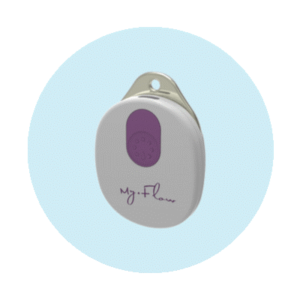 my . Flow
my . Flow
Who might love it: Tampon fans who need peace of mind
Tampons have two main downfalls: potential for leakage and risk of toxic shock syndrome if left in too long. my. Flow helps with both. The monitor lets you know when your tampon is full. Just clip the tail of the tampon into the monitor and attach the monitor to your pants. Not only do you get alerted in time to avoid overflow crisis, but data is collected and transmitted to an app so you can track differences in flow, day after day or month after month.
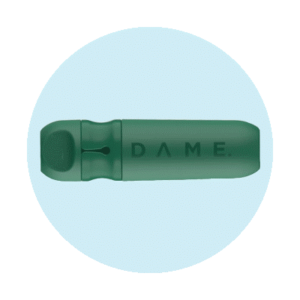 Dame Tampon Applicator
Dame Tampon Applicator
• Who might love it: Ladies who hate waste
• Price: 17 pounds and up ($22)
Currently funded on Indiegogo.com and in the prototype phase, Dame is the first reusable tampon applicator. Before you think “eww,” consider this: It uses self-cleaning technology and medical-grade materials. Each comes with its storage tin, travel pouch, and six Dame-brand organic tampons. This product ships from the U.K.
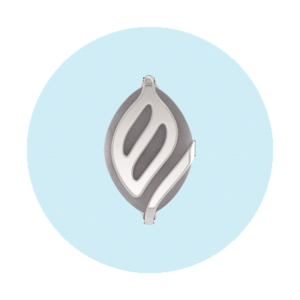 Bellabeat
Bellabeat
• Who might love it: The ovulation curious and fashion-conscious
• Price: $119-$199
This accessory by Bellabeat is made specially, so women can get to know their inner self. Stress levels, reproductive cycle, and all. Wear it as a bracelet, necklace, or clip. Whatever way you rock it, this pretty, natural stone jewellery has a smart technology that syncs wirelessly to an app where you can get various stats, including when you’re ovulating, as well as reminders, like when to take your birth control pill. You can find it here.
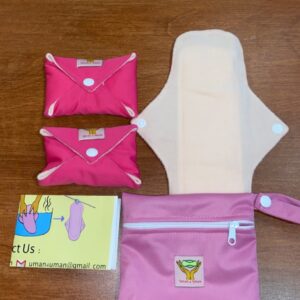 Uman4uman Resuable Pads made by a social venture that focuses on addressing the issue of period poverty among young girls in Sierra Leone. At Uman 4 Uman our products are addressing the issue of environmental waste, sustainability, availability, comfortability, and the high cost of sanitary pads in Sierra Leone. Products are now available in Sierra Leone. We are currently taking preorders via whatsapp or direct call on:
Uman4uman Resuable Pads made by a social venture that focuses on addressing the issue of period poverty among young girls in Sierra Leone. At Uman 4 Uman our products are addressing the issue of environmental waste, sustainability, availability, comfortability, and the high cost of sanitary pads in Sierra Leone. Products are now available in Sierra Leone. We are currently taking preorders via whatsapp or direct call on:
-
+1 917 250 3772
-
+232 79 927704
-
+232 31 557342

